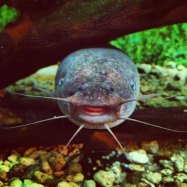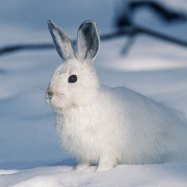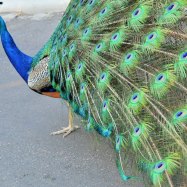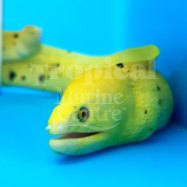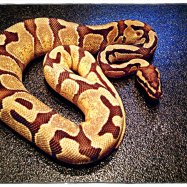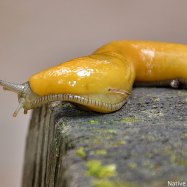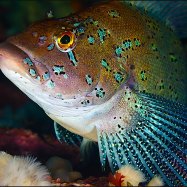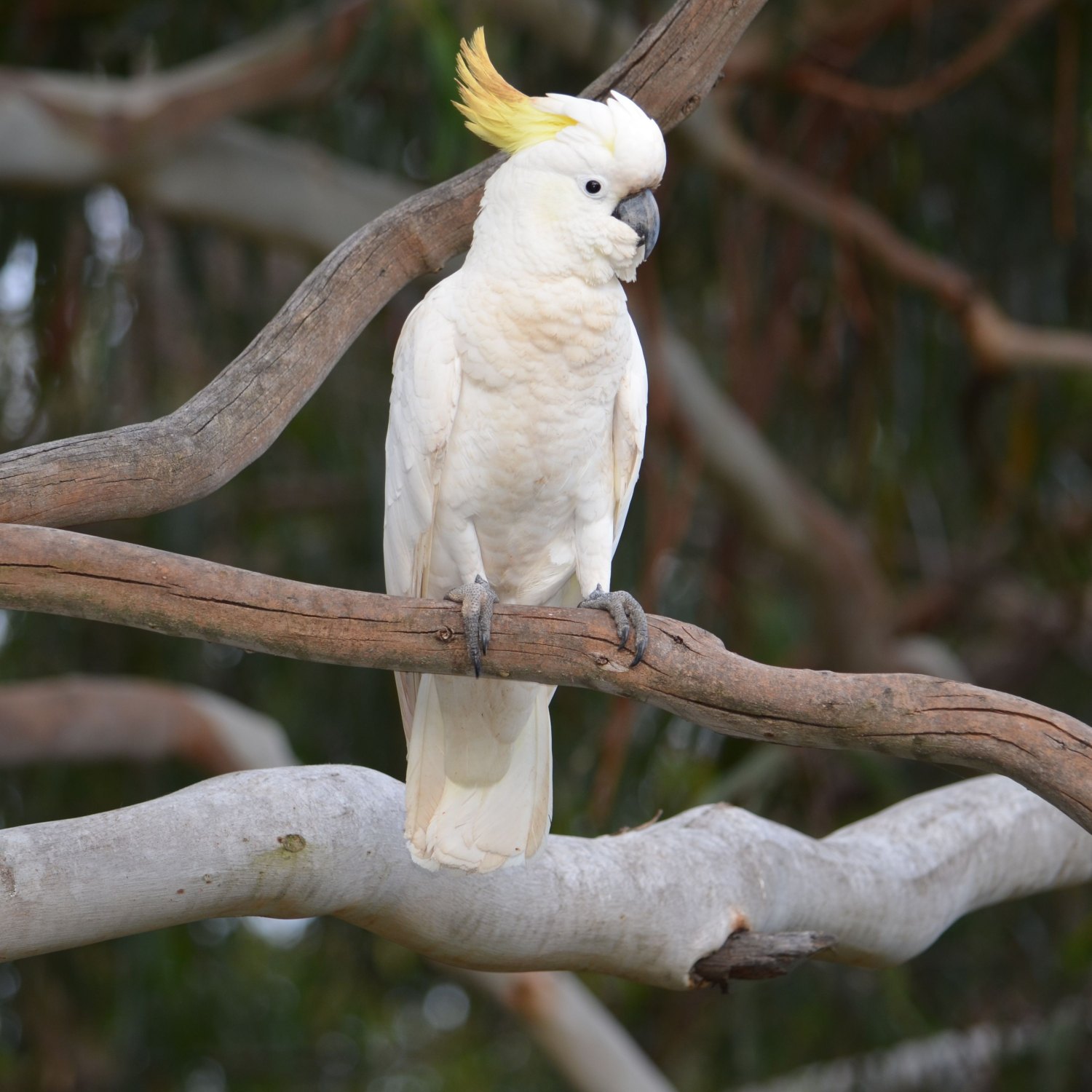
Cockatoo
30-70 cm
Did you know that the cockatoo, a member of the Cacatuidae family, can be found in a variety of habitats such as rainforests, woodlands, and savannas? These beautiful birds can grow to be 30-70 cm in length and have a distinct medium-sized parrot body shape, complete with a signature crest. Keep an eye out for these colorful creatures next time you're exploring nature! #cockatoo #Cacatuidae #wildlife #birdwatching #naturelovers
Animal Details Summary:
Common Name: Cockatoo
Kingdom: Animalia
Habitat: Rainforest, woodland, savanna
The Fascinating Cockatoo: A Colorful Bird of the Rainforest
Sitting atop a tree branch in the lush rainforest of Australia, a cockatoo catches your attention with its striking pink and white plumage. It's hard to miss this beautiful bird, with its distinctive crest and playful personality. Found in the rainforests, woodlands, and savannas of Australia, New Guinea, and Indonesia, cockatoos are members of the Cacatuidae family and are known for their vibrant colors and charismatic behavior.The Basics of Cockatoos
Cockatoos belong to the family Cacatuidae, which comprises 21 species Cockatoo. These medium-sized parrots, with a length ranging from 30 to 70 cm, are known for their distinctive crest, which they can raise and lower depending on their mood. The scientific name for these birds is Cacatuidae, while their common name, cockatoo, is derived from the Malay word "kakatua."The Kingdom of Cockatoos
Cockatoos, like other animals, belong to the Kingdom Animalia. This kingdom encompasses all animal species, including birds, mammals, insects, and fish. Located within the Animalia kingdom is the Phylum Chordata, which includes animals with a notochord (a type of skeletal structure) at some point in their lives. Cockatoos, being birds, are part of the Chordata phylum and possess a notochord during their embryonic stage.Aves: The Class of Cockatoos
Cockatoos belong to the class Aves, which includes all birds. This class is divided into two subclasses: Paleognathae and Neognathae. Cockatoos fall under the Neognathae subclass, along with the majority of modern birds Common Furniture Beetle. This subclass is characterized by a more flexible palate, allowing birds to produce a wider range of sounds.Order Psittaciformes
The cockatoo belongs to the order Psittaciformes, also known as the parrots. This order includes over 350 species of birds, such as parakeets, macaws, and cockatoos. These birds are known for their vibrant colors, intelligence, and ability to mimic sounds.Finding Family in Cacatuidae
The family Cacatuidae, also known as the cockatoos, comprises 21 species. These birds are found mainly in Australia, with a few species also inhabiting New Guinea and Indonesia. The most common and well-known species of cockatoos include the umbrella cockatoo, sulphur-crested cockatoo, and the galah cockatoo.The Habitat of Cockatoos
Cockatoos can be found in a variety of habitats, including rainforests, woodlands, and savannas. These birds prefer living in areas with plenty of trees and vegetation, as these provide them with food and shelter. They are most commonly found in Australia, particularly in the eastern rainforests and woodlands, where food sources are abundant.Diet and Feeding Method
Cockatoos are omnivorous, meaning they eat both plants and animals. Their diet mainly consists of seeds, nuts, fruits, berries, insects, and other small animals. These birds have strong beaks that can easily crack open hard shells, allowing them to access the nutritious seeds inside. Cockatoos are also known for their ability to use tools to forage for food, such as using sticks to pry open fruits or digging with their beaks to find insects.The Colorful World of Cockatoos
Cockatoos are known for their vibrant and diverse coloration, with a range of hues including white, gray, black, pink, yellow, and red. Their colorful feathers not only make them visually striking but also serve as a way to attract mates. The color variations among cockatoos can act as indicators of health, age, and breeding potential.Molting and Feather Care
Like all birds, cockatoos undergo molting, a process where they shed old feathers and grow new ones. The molting process is crucial for maintaining healthy and robust feathers, as it allows for the replacement of damaged or worn-out feathers. Cockatoos also spend a significant amount of time caring for their feathers, preening and grooming themselves to remove dirt and parasites.The Social Life of Cockatoos
Cockatoos are highly social birds and live in flocks, often consisting of up to 100 individuals. Within the flock, they form strong bonds with their mates and are monogamous, meaning they stay with one partner for life. They communicate through a variety of vocalizations, including squawks, screeches, and whistles, which are essential for maintaining their social structure and signaling warning signs.The Importance of Play
One fascinating aspect of cockatoos' social behavior is their love for play. These birds, known for their intelligence and problem-solving skills, enjoy playing with toys, games, and puzzles. In the wild, playing helps young cockatoos develop essential skills for survival, such as foraging and social interactions. In captivity, providing toys and puzzles for cockatoos is essential for their mental and physical well-being.Cockatoos and Human Interaction
Cockatoos have a long history of interacting with humans. Indigenous Australians have kept cockatoos as pets for centuries, and these birds have also been popular in captivity for their entertaining personalities. However, the exotic bird trade and habitat destruction have threatened the survival of many cockatoo species. The International Union for Conservation of Nature (IUCN) has listed several species as vulnerable, and some, like the Philippine cockatoo, are critically endangered.Conservation Efforts
In recent years, various conservation initiatives have been put in place to protect cockatoos and their habitats. These include education and awareness programs, as well as research and breeding programs. Captive breeding and reintroduction programs have had some success in increasing the population of endangered species. However, habitat destruction and the exotic bird trade continue to be major threats to the survival of cockatoos.Final Thoughts
Cockatoos are not just beautiful birds with colorful feathers; they are intelligent, social creatures that play an essential role in their ecosystem. Their vibrant personalities and interactions with humans have made them popular as pets, but their survival in the wild is crucial for maintaining balance in their natural habitats. As we continue to learn about and appreciate these fascinating birds, it's essential to prioritize their conservation and protect their homes in the rainforests, woodlands, and savannas of Australia.

Cockatoo
Animal Details Cockatoo - Scientific Name: Cacatuidae
- Category: Animals C
- Scientific Name: Cacatuidae
- Common Name: Cockatoo
- Kingdom: Animalia
- Phylum: Chordata
- Class: Aves
- Order: Psittaciformes
- Family: Cacatuidae
- Habitat: Rainforest, woodland, savanna
- Feeding Method: Omnivorous
- Geographical Distribution: Australia, New Guinea, Indonesia
- Country of Origin: Australia
- Location: Rainforests, woodlands, savannas
- Animal Coloration: White, gray, black, pink, yellow, red
- Body Shape: Medium-sized parrot with a crest
- Length: 30-70 cm
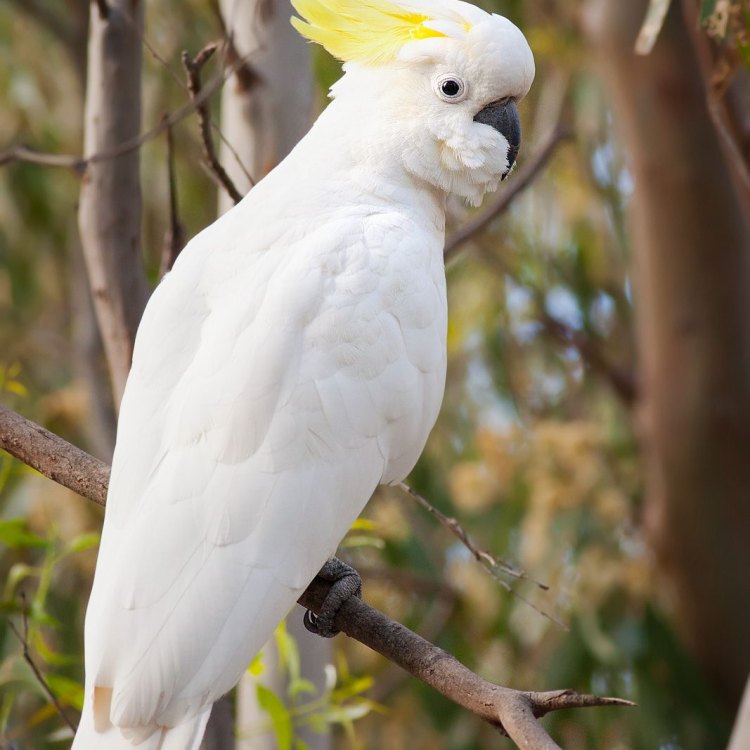
Cockatoo
- Adult Size: Medium
- Average Lifespan: 40-60 years
- Reproduction: Sexual
- Reproductive Behavior: Monogamous
- Sound or Call: Loud screech, squawk or scream
- Migration Pattern: Non-migratory
- Social Groups: Flocks
- Behavior: Intelligent, playful, social
- Threats: Habitat loss, illegal trade
- Conservation Status: Vulnerable
- Impact on Ecosystem: Seed dispersal
- Human Use: Pet trade
- Distinctive Features: Large crest, curved bill
- Interesting Facts: Can mimic human speech
- Predator: Birds of prey, snakes
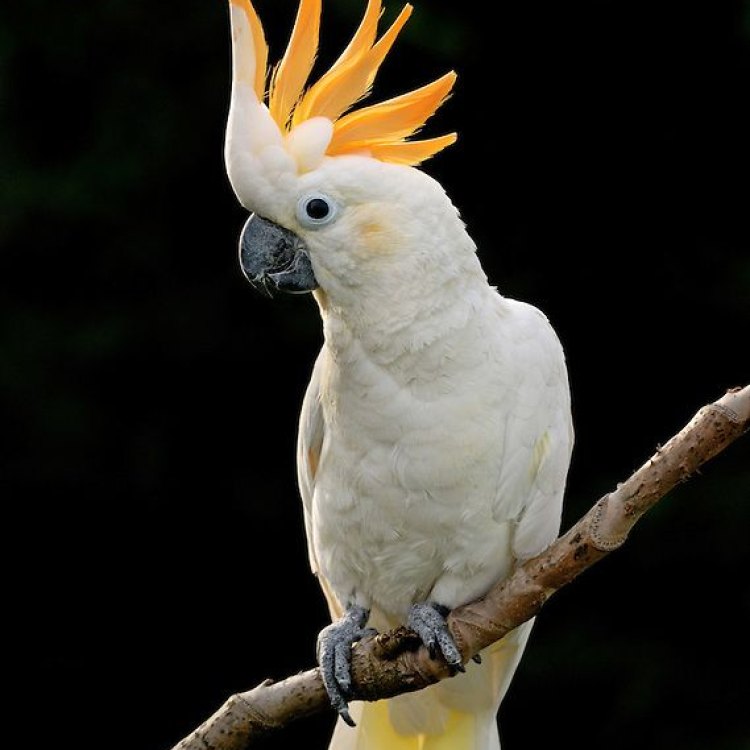
Cacatuidae
The Fascinating Characteristics of Cockatoos and Their Role in the Ecosystem
Cockatoos have captured the hearts and minds of people all over the world with their playful and intelligent behavior, unique physical features, and ability to mimic human speech. These medium-sized birds, belonging to the family Cacatuidae, are known for their distinctive large crests and curved bills. However, there is much more to these charming birds than meets the eye. Let's dive deeper into the world of cockatoos and discover their intriguing characteristics, threats they face, and their crucial role in the ecosystem PeaceOfAnimals.Com.Size, Lifespan, and Reproduction
Cockatoos are medium-sized birds, ranging from 12 to 27 inches in length, with a wingspan of 20 inches. They come in a variety of beautiful colors, including white, grey, and black, with some species having colorful patterns on their feathers. These birds have a long lifespan, with an average of 40 to 60 years in the wild. In captivity, they have been known to live up to 80 years.Unlike some bird species that reproduce asexually or through parthenogenesis, cockatoos use sexual reproduction. They have a monogamous mating behavior, meaning they pair up with a partner for life. This bond is not only for breeding but also for companionship and mutual grooming. Cockatoos typically breed once a year, and females lay about 2 to 3 eggs per clutch. They are devoted parents, and both the male and female take turns incubating the eggs and caring for the chicks Chameleon.
Communication and Social Behavior
Cockatoos are highly social birds, and they usually form flocks of up to 100 individuals. Within these flocks, they establish strong bonds and have complex communication systems. These birds are known for their loud screeches, squawks, and screams, which are usually heard when they are looking for their mate or communicating with other members of their flock.One of the most interesting things about cockatoos is their ability to mimic human speech. They have strong vocal abilities and can even learn to mimic doorbells, telephone rings, and other sounds. This trait, along with their playful and affectionate nature, has made them popular as pets. However, it's worth noting that keeping cockatoos as pets requires a lot of time, patience, and attention, as they are highly social and intelligent creatures that need mental stimulation.
Non-Migratory and Habitat Preferences
Unlike some bird species that have seasonal migrations, cockatoos are non-migratory. They prefer to stay in one place unless they are forced to leave due to habitat destruction, changes in weather conditions, or other threats. These birds are found in various habitats, including forests, woodlands, savannahs, and grasslands. However, their population numbers have significantly decreased due to habitat loss, primarily through deforestation.Threats and Conservation Status
Cockatoos are facing various threats, both in their natural habitats and in captivity. The biggest threat they face is habitat loss, as their preferred habitats continue to shrink due to deforestation, urbanization, and agriculture. This destruction of their natural habitats not only affects the cockatoos themselves but also has a significant impact on the plants and animals that coexist with them.Another significant threat to cockatoos is the illegal pet trade. These birds are highly sought-after as pets due to their colorful feathers, vocal abilities, and social behaviors. The demand for cockatoos as pets has resulted in a disturbing and illegal trade that threatens the survival of many species in the wild.
As a result of these threats, many species of cockatoos are listed as vulnerable on the International Union for Conservation of Nature (IUCN) Red List. The most critically endangered species are the Philippines cockatoo and the yellow-crested cockatoo, with only a few hundred individuals left in the wild.
The Crucial Role of Cockatoos in the Ecosystem
Cockatoos play a vital role in the ecosystem as seed dispersers. They have a strong beak that allows them to crack open seeds and nuts, which are a significant part of their diet. As they fly and forage for food, they spread these seeds to different areas, facilitating the growth of new trees and plants. Without the presence of cockatoos in the ecosystem, there would be a significant decline in the diversity of plant species.Predators and Unique Physical Features
Being highly vocal and social birds, cockatoos have developed various strategies to protect themselves from predators. They form flocks and use their loud calls to warn the group about potential threats. When faced with a predator, cockatoos can also be highly aggressive, using their strong beaks and claws to defend themselves.Apart from their adaptation for protection, cockatoos have several unique physical features that make them stand out from other bird species. One of their most distinctive features is their large crest, which they can raise and lower depending on their mood or to attract potential mates. Their bills are also curved, allowing them to crack open hard seeds and nuts with ease.
The Impact of Humans on Cockatoos
Humans have had a significant impact on cockatoos, both positive and negative. As mentioned earlier, habitat destruction and illegal trade are the biggest threats to their survival. However, humans have also played a crucial role in the conservation efforts of cockatoos through various initiatives and education programs.As of today, there are several successful breeding and conservation programs aimed at increasing the cockatoo population and reintroducing them into their natural habitats. These programs have seen positive results, with an increase in population numbers in some species, including the Carnaby's black cockatoo and the red-tailed black cockatoo in Australia.
The Incomparable Beauty of Cockatoos
In conclusion, cockatoos are fascinating creatures with a plethora of unique and interesting characteristics. From their long lifespan and monogamous mating behavior to their loud calls and ability to mimic human speech, these birds continue to captivate us with their intelligence and social interactions. However, their survival is threatened by habitat loss and illegal trade, making it imperative to take concrete steps towards their conservation. As we continue to appreciate the incredible beauty of these birds, let us also strive to protect and preserve their natural habitats, ensuring that future generations will also have the opportunity to marvel at the charming cockatoos.
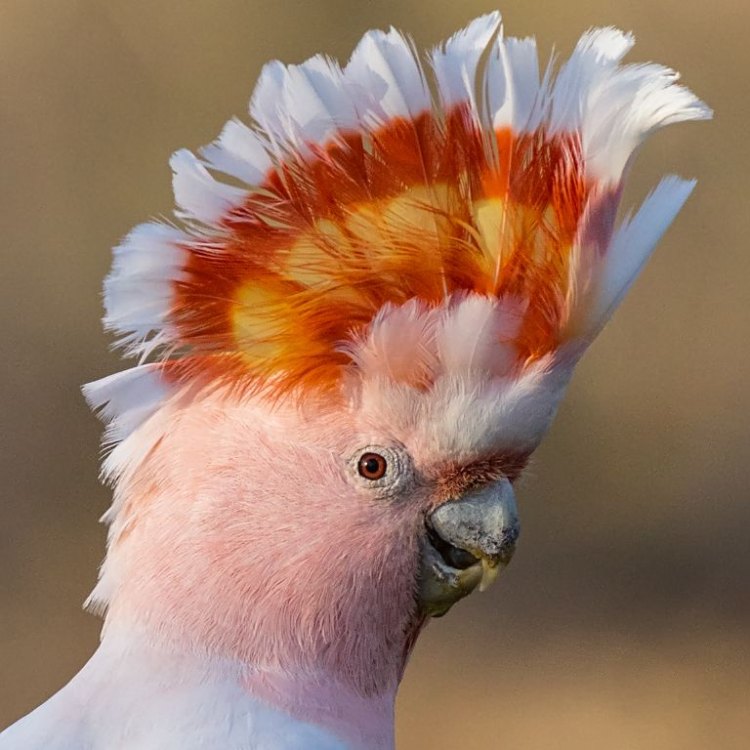
The Fascinating Cockatoo: A Colorful Bird of the Rainforest
Disclaimer: The content provided is for informational purposes only. We cannot guarantee the accuracy of the information on this page 100%. All information provided here may change without prior notice.

